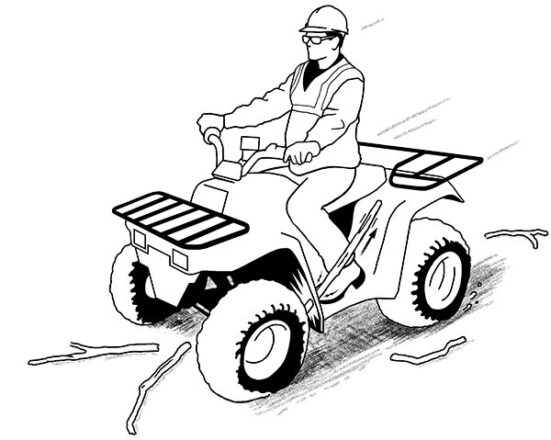Inflation’s Impact on ArborGen

Tune in over the next several weeks as FRA’s Woods To Mill embarks on a special series highlighting inflation and its effects on businesses in the Wood Supply Chain.
ArborGen is the largest commercial global seedling supplier and a leading provider of advanced genetics for the forest industry. Employing state-of-the-art technology, ArborGen develops high-value products that significantly improve the productivity of a given acre of land. Our customers can grow trees that yield more wood per acre with greater consistency and quality in a shorter period, resulting in a greater financial return. With operations in the Southeastern United States and Brazil, ArborGen produces more than 400 million seedlings a year.

Growing a seedling doesn’t start at our nurseries. It begins in our orchards, where we work to identify the best combination of mother and father trees to produce the highest quality, most productive tree. From the orchard, it moves to product development for years of field testing to find those trees with the highest volume, best disease resistance, and log straightness that will provide the most sawtimber at final harvest. At every step of this process, ArborGen employs stringent supply chain operating procedures to ensure the integrity of the selected trees remains intact.
Mass control pollinated seedlings (MCP®) are one of ArborGen’s most valuable products for their ability to yield trees with the greatest return for the landowners’ investment. This return includes a 40% – 60% higher revenue than open-pollinated seedlings, with earlier thinnings and harvest with optimal timber market flexibility. The mass control pollinated process involves bagging pine flowers and injecting pollen from a known father tree. The window for this process is short and consists of the employment of contract labor. The last few years have seen a struggle in finding those contract laborers as Covid and the limits on visas (H2-B) slowed the entry of workers from South America. We were able to successfully complete our pollination process, however, maintaining our systems of quality control. In the fall, cones are harvested from these trees, stored, and tested for germination viability. Then comes planting in the spring.

After the fall harvest of seedlings, the fields are prepped for the coming planting season. That includes applying fertilizers according to soil test results, tilling the fields, and installing the irrigation system. Planting involves using a specialized seeder that allows for precision placement of the seed for uniform, quality seedlings. During the growing season, seedlings are watered, fertilized, monitored for pests, monitored for growth, and pruned to produce the optimum seedling.

As we harvested seedlings for our customers this past fall, a series of supply chain issues became evident with the nurseries packing and preparing seedlings for customer pick-up and delivery. Our normal supply of boxes for packing became scarce. Delivery of them to the nurseries came late or not at all. This situation caused us to move to more bags to deliver seedlings. Vans that transport and reefers that store seedlings until planting were in short supply. We were able to overcome all of these issues to maintain on-time delivery of seedlings to our customers and tree planters to rearrange delivery until workers could be found.

Labor and supply chain issues will continue to be an issue as we move into lifting season. Trucking is always a concern, and we are constantly looking at new vendors that we can add to trucking contracts to keep delivery costs to our customers at a minimum. Labor continues to be a concern; however, we have found new contractors this year that will provide H-2A labor for our nurseries and orchards. We are working hard to ensure that we continue to provide the best seedlings on time to our customers. We are doing this by finding different vendors, combining resources, and relying on the most experienced team in the industry.
Further Reading:
Impact of Skyrocketing Fuel Prices on Forest Products Transportation
Main Street Business Challenges & Concerns
SURGING FUEL PRICES! Who is it hurting? Why is it hurting? Where is it going?


